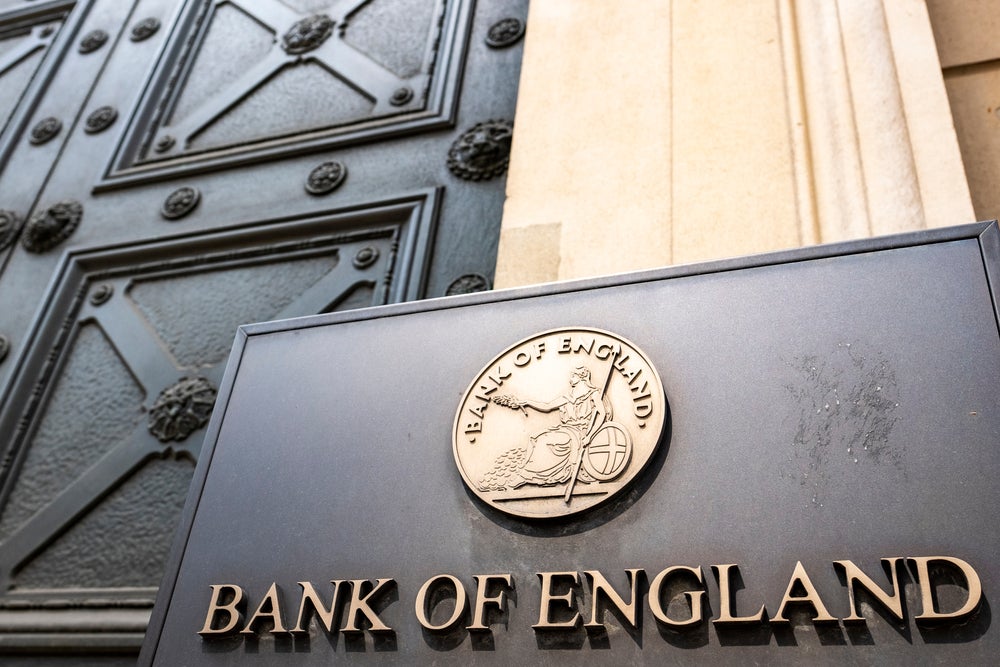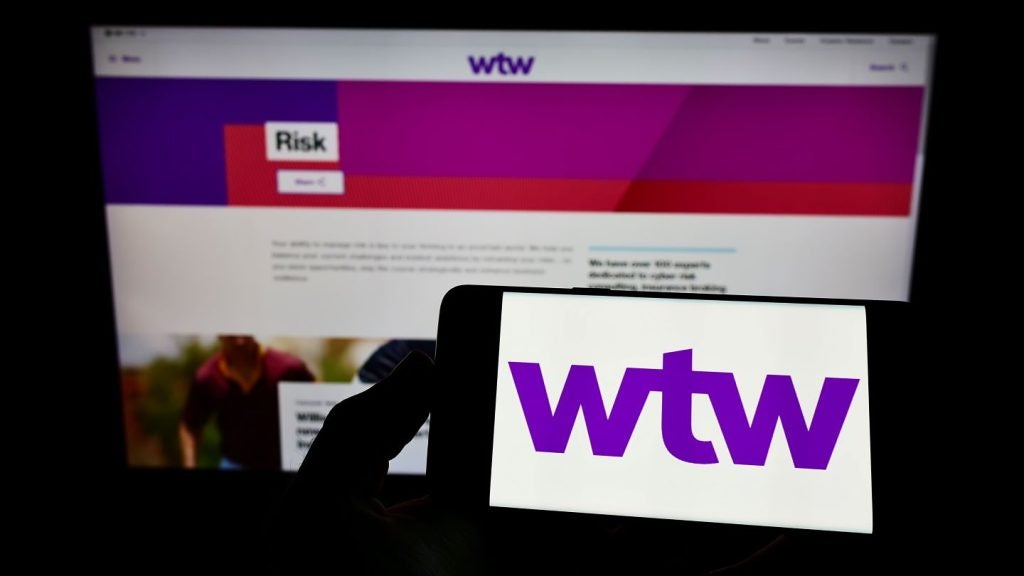
The UK credit card stats for July and August are out and not for the first time this year, the word that jumps out from the page is ‘erratic’.
Average spend levelled out over the summer months to £825 in July and £830 in August. But this remains significantly higher than the same period in 2022 at £790 and £810, respectively.

Access deeper industry intelligence
Experience unmatched clarity with a single platform that combines unique data, AI, and human expertise.
The average credit card balance increased slightly in July to £1,710 and in August to £1,729, continuing the upward trend seen over the last two years.
The percentage of payments to balance has increased from 38% in June to 38.7% in August. This remains at a much lower level that the same period last year. Intramonth movements demonstrate erratic financial management, having increased 1.5%, to 39.5% in July, before falling back again in August.
Missed credit card payments and cash advances increase
Year on year, the percentage of customers missing one, two and three payments has risen. Customers missing two payments is 11.9% higher and for those missing three payments it is 20.3% higher.
The use of credit cards to take out cash was at 3.6% in July and 4% in August, which is still significantly lower than the 6% seen before Covid. However, cash usage has been steadily increasing since March.

US Tariffs are shifting - will you react or anticipate?
Don’t let policy changes catch you off guard. Stay proactive with real-time data and expert analysis.
By GlobalDataAs FICO notes, cardholders are tackling a delicate balancing act. The percentage of payments to balance has been yo-yoing over the last few months following a significant drop in the spring. This can be expected to continue while households struggle with the combined burden of higher prices and higher credit card balances. The percentage of customers missing one, two and three payments reflects the challenge faced by those without a savings cushion to fall back on.
The initial increase in missed payments began during the Christmas 2022 period and has trended upwards across one, two and three missed payments since. In particular, the average missed payment balance has been increasing since May 2023 for those customers missing one payment and since March 2023 for those with two missed payments. The erratic pattern of payments continued in August with the number of customers missing one payment down 6.3% after an increase of 5.8% in July. However, the increase seen in July has rolled through to August for those customers now missing two payments.
Bank of England quarterly credit conditions survey
Release of FICO’s credit cards data coincides with release of the Bank of England’s quarterly credit conditions survey. It says that UK lenders reported that overall demand for unsecured lending slightly increased in Q3. The Bank of England expects this to increase in Q4. Within the overall figure, demand for credit card lending slightly increased in Q3. This is also expected to increase in Q4. Demand for other unsecured lending was unchanged in Q3, and is expected to increase in Q4.
The Bank of England believes that the recent rises in interest rates, after years of a low interest rate environment, is beginning to hit household budgets.
Moreover, the central bank is warning lenders to expect a rise in borrower defaults.
Borrowers face hugely challenging period: Fuse CEO
Sho Sugihara, CEO and Co-Founder of Fuse, tells RBI: “Borrowers are heading into a hugely challenging period as we enter winter and household bills are likely to spike. Our research shows that a third of lenders (32%) are already reporting an increase in borrower defaults over the last 12 months – however the situation seems set to only worsen as a result of interest rates climbing steadily for months and dwindling household savings start to run out.
“With reliance on credit clearly on the rise, there are potentially millions across the UK who are at real risk of falling into long-term debt and being excluded from mainstream credit options. Lenders must ensure that they are fully utilising a wider range of insights to accurately analyse borrower affordability and vulnerability to help protect borrowers at a much earlier stage to prevent defaults.”
Lenders have plenty to ponder as regards how best to service vulnerable customers over Christmas and the winter months.







